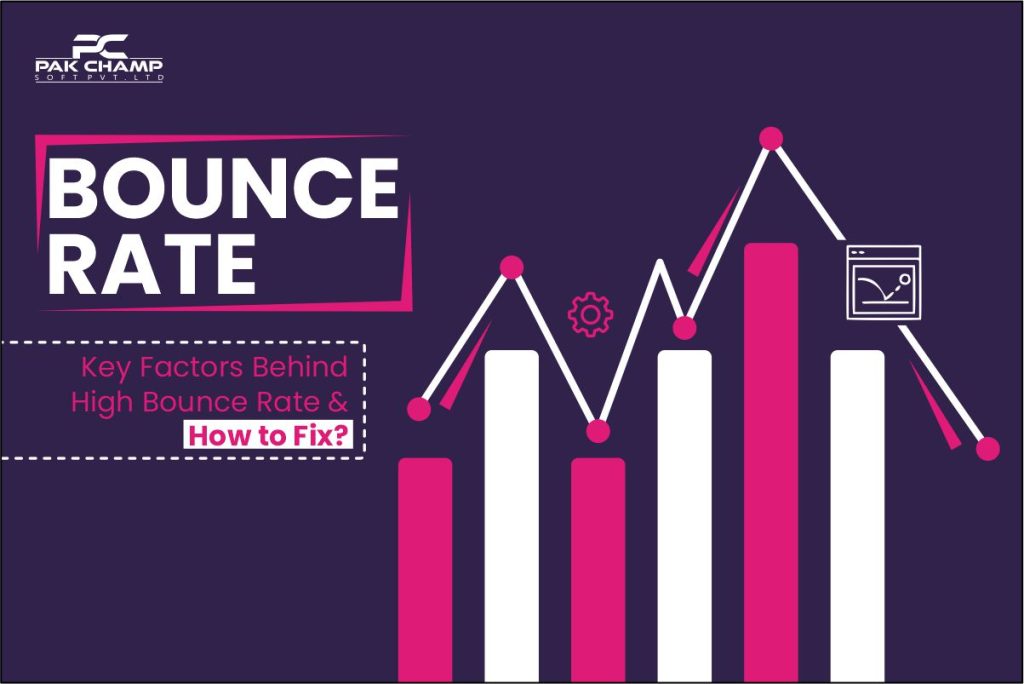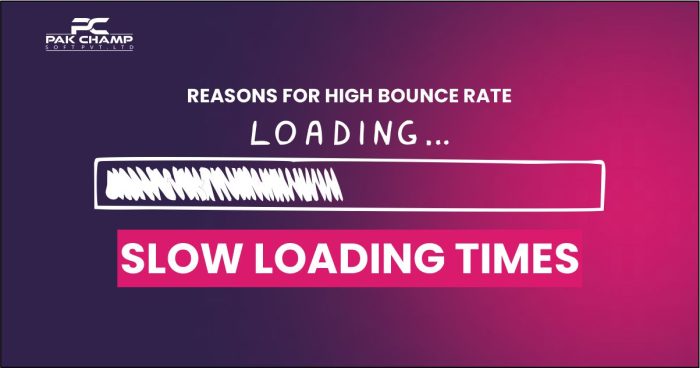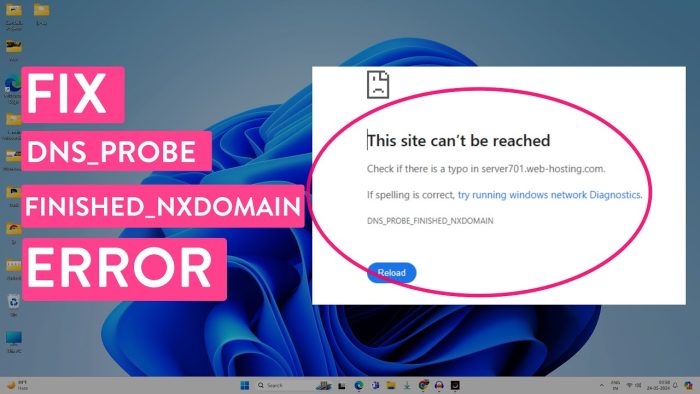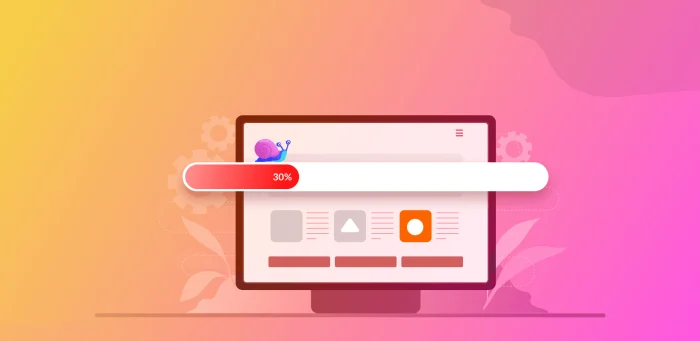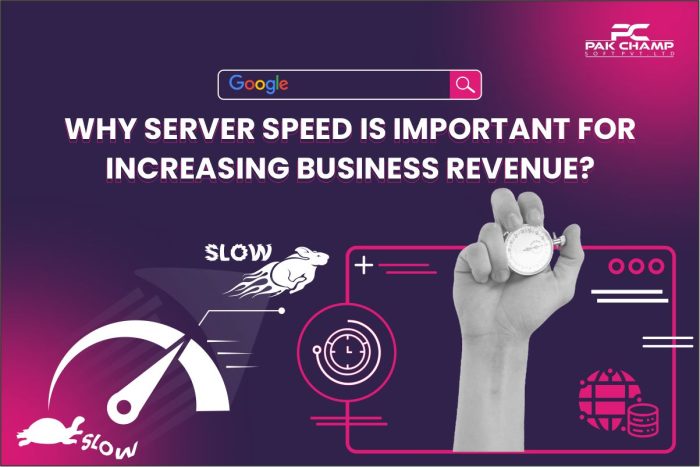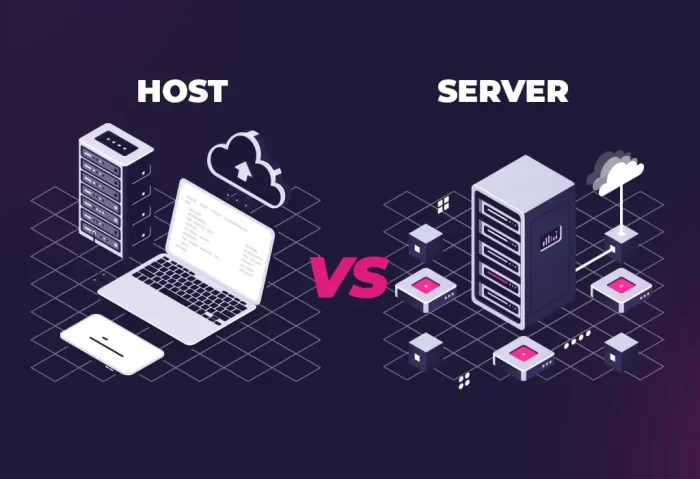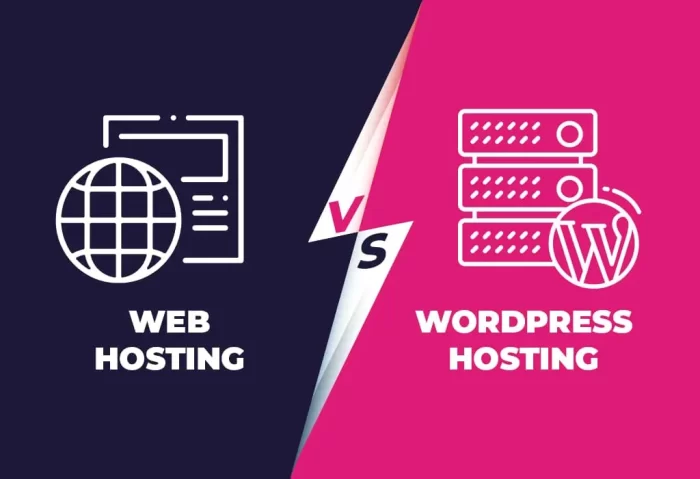As a website host, understanding the term bounce rate is not only essential but also empowering. As a key metric tool, it helps to measure unentertained sessions on a website or app to refine digital strategy. This understanding gives you the confidence to make firm decisions about your website’s performance and engagement.
In this blog post, we’ll explore bounce rates and the key factors behind them to improve website performance and engagement. We’ll uncover the main reasons for high bounce rates and discuss how to fix them. Let’s move with us to understand the concept – what a bounce rate is.
Table of Contents
ToggleWhat Is Bounce Rate?
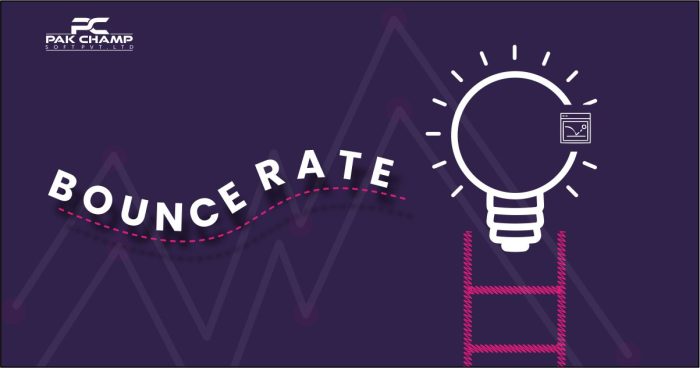
Bounce rate is a digital key metric used in web analytics to measure how effectively a website engages its visitors. It is the percentage of visitors who leave a website within a few seconds without clicking on any link or CTA (call to action).
A high bounce rate indicates that visitors need help or assistance in finding what they expect or that there are issues with the site’s content or design. On the other hand, a low bounce rate suggests visitors engage more with the site, possibly by viewing multiple pages or taking other actions.
The section below will give you a detailed guide on interpreting bounce rates. Stay with us.
High Bounce Rate:
If the bounce rate is more than 70%, it might indicate problems with your website. There are possible reasons that your website may experience such issues:
High Bounce Rate Reasons:
- Content Relevance – Visitors may not find the content relevant or engaging
- User Experience (UX) – Poor user experience, such as a confusing layout or hard-to-read text
- Site Speed – Slow-loading pages
- Technical Issues – Broken links, errors, or malfunctioning features
- Targeting and Traffic Sources – Ineffective advertising or targeting
Note: To resolve these issues, you must keenly analyze the reasons for the high bounce rate and make possible steps to fix them on the spot
Low Bounce Rate:
A lower bounce rate, around 20-30%. it suggests that visitors engage more with your content and explore other parts of your website.
Low Bounce Rate Reasons:
- Engaging Content – It indicates site visitors find your content engaging and valuable
- Effective Navigation – Users easily find their way around your site and explore further pages
- Targeted Traffic – You’re marketing and SEO strategies successfully target the right audience
- Compelling Calls-to-Action (CTAs) – Encourage users to take further action on your site
Bounce Rate by Page Type
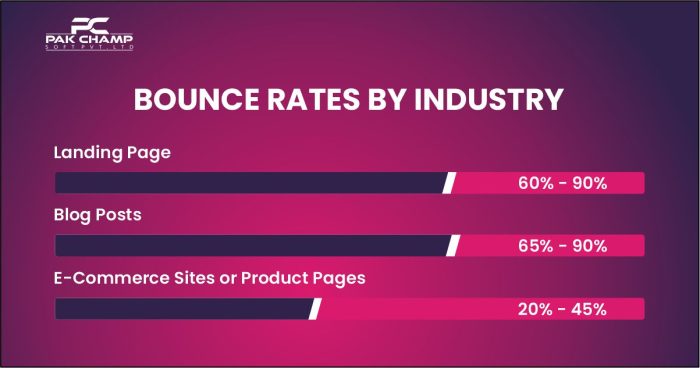
Landing Pages:
If your site experiences a high bounce rate, it indicates that your website page isn’t effectively capturing visitors’ interest, or the initial offer isn’t attracting enough to catch their attention.
Blog Posts:
If you run a blogging website, and your posts have a high bounce rate and less engagement time. In that case, your blog content needs to provide more valuable information. Your blog readers are interested in something other than reading or further exploring.
Product Pages:
A high bounce rate on e-commerce sites or product pages suggests that the product descriptions or images are not appealing enough to catch visitors’ attention and encourage them to stay or purchase.
Regularly monitoring bounce rates and metrics such as average session duration, pages per session, and conversion rates provides a complete picture of your site’s performance and visitors’ engagement.
What is the Impact of a High Bounce Rate on Website Performance?
A high bounce rate badly affects a website’s performance and effectiveness. In this blog post section, you’ll explore the impact of a high bounce rate; let’s check.
User Engagement:
A high bounce rate shows that visitors are less engaged with the content or websites. To improve your website user engagement and reduce bounce, you first have to optimize your website landing page to clear relevant content with eye-catching images that meet your site visitors’ expectations.
by regularly monitoring user behavior via analytics and feedback to identify drawbacks where users drop off. By focusing on these strategies, businesses not only reduce bounce rates but also convert visitors into loyal customers.
Conversion Rates:
High bounce rates reduce conversion rates, impacting website performance and revenue generation. If visitors leave the website without interacting further, they may not engage with the content or find what they need. Site visitors’ lack of engagement means fewer opportunities to complete desired actions, such as purchasing, signing a newsletter, or filling out a contact form.
A high bounce rate for e-commerce or business sites means lost sales, while lead generation sites mean fewer potential leads. Addressing the causes of high bounce rates is necessary to increase conversion rates, achieve business goals, and generate revenue.
SEO & Search Rankings:
Website bounce rate does not directly impact ranking; Google considers it a signal for low-quality content. If users quickly leave a page, it could suggest that the content isn’t relevant or valuable enough to meet visitors’ expectations. Search engines devalue the site’s authority and relevance for those experiencing a high bounce rate. Addressing these issues, such as optimizing content, enhancing site navigation, and improving page load times, is essential to improve your website ranking on the Google search engine.
Content Effectiveness:
A high bounce rate often indicates that the content on your website’s landing page does not resonate with your audience and does not meet their expectations. When site visitors leave after viewing one page, the content may need to be more relevant, engaging, or compelling enough to hold their attention. This lack of engagement can result from low-quality content and ineffective presentation.
Content that fails to meet visitors’ expectations or answer their queries can lead to high bounce rates. It should be well-targeted, engaging, and aligned with your audience’s needs to enhance content effectiveness. Regularly update your website content, using clear and engaging headings and eye-catching and relevant images that encourage site visitors to explore further.
Website Usability:
High bounce rates also result from poor website usability, such as complex navigation, slow page load times, a poor mobile experience, and unattractive design, which can drive users away. Improving website usability can help reduce bounce rates and keep your site visitors engaged longer.
Marketing & Advertising Performance:
High bounce rates can significantly impact marketing and advertising performance. When visitors leave a site quickly, it often indicates that the marketing ads that drive traffic do not match user expectations. High bounce rates also indicate poor landing page design or content, which will negatively affect marketing efforts.
To enhance your digital performance, it’s crucial to ensure that marketing ads campaigns accurately reflect the site’s value and that your website landing pages are well optimized for the best user experience. By aligning marketing strategies with user expectations and improving website usability, businesses can reduce bounce rates and achieve the desired results.
Revenue & ROI:
High bounce rates can significantly impact revenue and return on investment (ROI). When visitors quickly leave a site, they do not engage with the content or complete desired actions. High bounce rates can lead to wasted spending for businesses investing in advertising.
Bounce rate is not the sole indicator of a website’s performance; it can provide valuable insights into user behavior, content relevance, and site functionality. Monitoring and understanding bounce rate trends can help you address issues affecting your website’s overall performance and achieve your targeting goals.
Addressing the causes of high bounce rates—optimizing site usability, ensuring alignment between marketing messages and landing page content, and improving overall user experience—is essential to enhancing revenue and improving ROI. Businesses can capture visitor interest and increase revenue and ROI by addressing these issues.
The website’s high bounce rate is quite alarming. It indicates something is going wrong and needs improvement.
Is your website struggling with a high bounce rate?
If yes!
Don’t panic
In this section, you’ll know why your website faces a high bounce rate, which will badly affect your online rankings. Let’s read.
A high bounce rate is tormenting for website hosts. It shows visitors that your website has nothing to offer to meet their expectations, so they don’t need further interaction and leave.
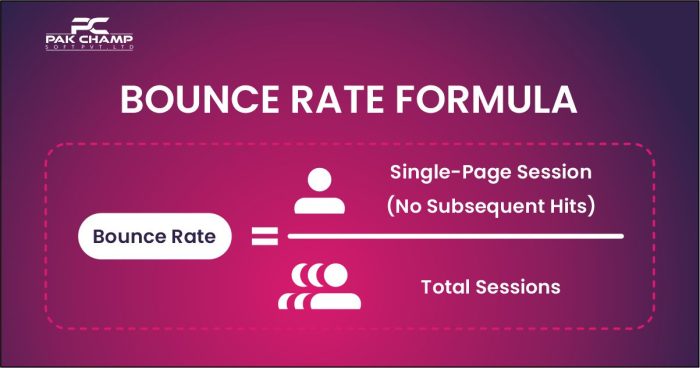
To avoid the possibilities or reasons for high bounce, let’s jump to our main topic: What could be the possible reasons for your website’s high bounce rate? Here, we’ll mention a few of them:
Slow-to-Load Page:
Website loading speed impacts your website’s online ranking. Google considers a website’s high loading speed a ranking factor on search engines. Online users are always in a hurry- they don’t have time to wait. According to analysts,
in the digital market, a one-second delay can cost you up to 7% on conversion rates. Google analyzed approximately 11 million website pages directly, creating a high bounce rate due to slow-loading pages.
Therefore, optimizing page load times is crucial for improving user experience, reducing bounce rates, and uplifting website performance by engaging visitors.
Misleading Title Tag & Meta Description:
A misleading title tag and meta description can affect a website’s performance and user experience. Title tags and meta descriptions of blogs are key elements of on-page SEO that help to define how your webpage appears in search engine results. If these elements are misleading and represent irrelevant page content—users may be drawn to click on the link.
First, to analyze your website, ask yourself: Does your website content answer your visitors’ queries? If not, your website will have a high bounce rate.
Mismatched titles and descriptions badly impact Google search rankings and visibility. Compelling title tags and meta descriptions are essential for setting proper user expectations and enhancing click-through rates. They also ensure that content aligns according to the interests and needs of potential visitors.
Bad Link from Another Website:
Are you making the utmost effort to upgrade your website from organic search results but still experiencing a high bounce rate from your referral traffic?
If yes!
It means your referring site is sending you unqualified visitors, or the anchor text and context of the link could be misleading your site visitors. The main reason is sloppy copywriting. The publisher linked the site in the wrong part of the copy. Unfortunately, this unworthy practice badly affects your search engine ranking.
Low-Quality or Under-Optimized Content:
Content is king—high-quality content can get a higher ranking on Google search results. On the other hand, low-quality content leaves a negative impression on your visitors. If your website content isn’t attractive and captivating, it’ll not encourage your visitors to check out other pages because site visitors seek meaningful, engaging, and well-structured information that matches their needs and expectations.
Furthermore, under-optimized content that does not cater to relevant keywords or needs more formatting can make it easier for users to read and lead them to frustration. Addressing these issues by enhancing content quality and optimizing it for the best user experience is essential for reducing bounce rates and improving site performance.
Bad User Interface:
UI indicates how your website interacts with users. A bad user interface can drastically increase the bounce rate by creating a frustrating experience for visitors. Website interface has nothing to do with beauty or aesthetics- it’s more about usefulness in appropriately delivering your product to your website users. Several factors have a terrible impact on your IU, such as;
- Sluggish, unresponsive, and complicated website design
- Lack of social interaction
- Readability issues
- unreadable content
The above factors are the main reasons for your website’s high bounce rate. To enhance user retention, it’s crucial to design a clean, intuitive UI that guides users through their search journey and addresses their needs promptly.
The Page Isn’t Mobile-Friendly:
A mobile-friendly website with an interactive UI design will catch users’ attention because, according to the latest studies, mobile devices account for about 60-70% of all search engine queries, while desktop searches typically make up the remaining 30-40%.
This shift is driven by the increasing use of smartphones and tablets for internet access, which offers users convenience and accessibility.
There are some common mistakes of non-mobile-friendly websites:
- The content is wider than the screen
- Links are too close together
- The text is too small to read
If your website is not mobile-friendly, you may lose your potential customers significantly.
Asking for Too Much:
Website safety and credibility are top priorities for visitors. Don’t ask personal questions about credit cards, personal content, or mail. If you inquire about too many details from your site, the visitor will not trust you. It’s a fact that asking for information will cause visitors to leave immediately.
Hard to Read Content:
As mentioned earlier, content is king; it must be easy for everyday users to understand. To increase your content readability, compose it in a friendly tone with relevant vocabulary. If you publish hard-to-read content with irrelevant vocabulary, you can only generate leads if you do. However, it’s important to understand appropriate and robust content in an easy tone.
No CTA:
CTA—refers to a call to action. It’s a prompt to get your audience to do something specific. Without CTA, your website visitors will leave once they have finished reading.
For better user experience, co-relate product or service-related content pages link to your product or service page. If you still need to get a co-related product or service you want to promote, try linking to related articles that will keep your visitor stuck to your website for a long time.
Disruptive Advertising Scares Off Visitors:
Online users don’t stay on website pages with disruptive advertising elements. Avoid ad formats and focus on delivering relevant content representing your products and services.
Ensure pop-up ads, download videos, or eBooks only appear when your site visitor completes a predefined action on a page. Descriptive advertising ads annoy site visitors and cause them to move forward without making purchases, which will cause a high bounce rate.
Fails to Meet Visitor Expectations:
Site visitors land on your website with certain expectations; if you don’t help to understand their expectations, they will leave your site within a few seconds. There are a few elements that will cause it to fail to meet visitors’ expectations, such as;
- Home page does not carry the Key points menu
- Your webpage takes more time to load
- Pop-up ads drive site visitors to leave
- Unsecured website
- The website is not optimized for mobile access
- Irrelevant, outdated content
All the above points provoke your site visitors to leave and cause a high bounce rate.
Conclusion
Well-optimized websites or web pages will help to boost your search engine ranking. Slow website speed, unfocused keywords, misleading meta tags, low-quality content, broken backlinks, and website errors are all critical factors in a high bounce rate. Understanding the underlying causes of a high bounce rate—such as poor website design, slow loading times, or irrelevant content—is crucial for addressing these issues to improve overall site performance and effectiveness.
By analyzing site visitor behavior and making data-driven adjustments, businesses can enhance user experience and retain visitors, helping them achieve their ultimate digital marketing goals. In short, monitoring bounce rates and regularly optimizing the website are significant practices for maintaining a compelling online presence and enjoying meaningful interactions with your audience.

